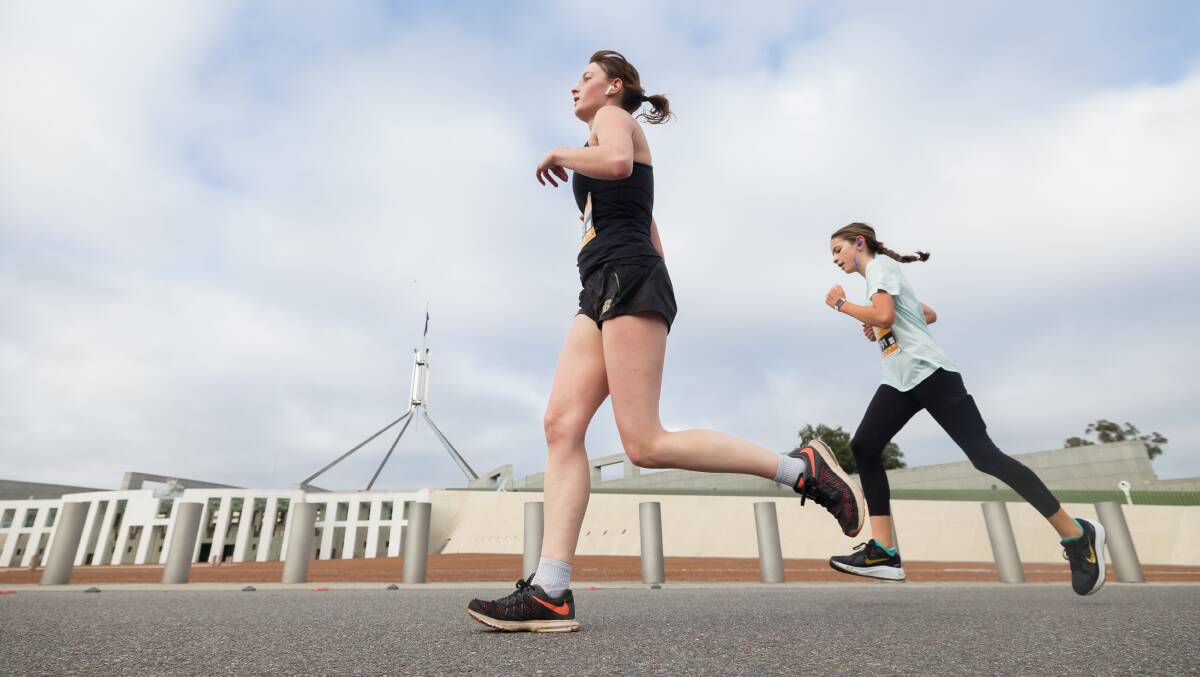
There's further evidence an "old boys' club" stubbornly remains in Australian politics, with analysis of the major party candidates running federally in 2022 showing just two-in-10 women contesting "winnable" seats above the 6 per cent margin.
Subscribe now for unlimited access.
or signup to continue reading
The findings by the ANU's Global Institute for Women's Leadership that both the Coalition and Labor have a long way to go comes as a field of high-profile independent female candidates are shaking up the establishment and narrowing margins.
Professor Michelle Ryan, the institute's director, has told The Canberra Times that progress with the Coalition and Labor is unfortunately slow and women appear to be finding their voices elsewhere.
She said the numbers of women running for office in 2022 deserve a deeper dive, pointing to fewer women contesting seats overall and them being less likely to win. Further, women of non-English speaking backgrounds are also more likely to be found vying for a marginal or unwinnable seat.
"What this research shows is, it's absolutely that numbers can hide a multitude of sins," Professor Ryan said.
"And here, it is about seat winnability, so you can have women run as candidates but if they're not in seats that are winnable, then it's a little bit like throwing them under the bus."
READ MORE
With just over a week to go to the May 21 polling day, the Global Institute for Women's Leadership has examined the House of Representatives candidates from the Coalition and Labor and compared those in marginal and winnable seats.
Just 20 per cent of the Coalition's female candidates were running in winnable seats, while 46 per cent of Coalition male candidates were in that position. Labor was slightly better with 24 per cent of female ALP candidates contesting winnable seats, compared to 33 per cent of male candidates.
"Labor are closer, they're doing better but they haven't cracked it yet," Professor Ryan said.
"Labor has things in place in terms of quotas and things like that to actually try and achieve more balance. But, again, they're not quite there yet. And I think partly that's a little bit about how you define what a winnable seat is.
"No matter how you measure it for the Coalition, there's an inequality there."
The Australian Electoral Commission defines that at a 6 per cent margin and over - that is seats such as Canberra held by Labor's Alicia Payne, Farrer held by Liberal minister Sussan Ley and Ballarat which is held by Labor frontbencher Catherine King.
Eighty per cent of Coalition and 76 per cent ALP candidates are "glass cliff candidates" running in seats they are unlikely to win, or that are precarious to hold.
"Glass cliff" roles for women are those put forward during periods of crisis or downturn, when the risk of failure is highest.
"The safe seats are saved for those that belong to the old boys' club," Professor Ryan said.
"And they know they have to have women running, but the mates are already in the winnable seats so it leaves the marginal and the unwinnable seats for the women."
Leadership roles for women are recommended in the independent Jenkins Review into parliamentary workplace culture. It appears it is a longer term recommendation to meet, but Professor Ryan suggests the "teal" wave of independent women candidates running in 2022 is about bypassing the major parties to try and get elected now.
"I do think that this is telling us something," she said. "The fact that so many of the independents are women suggests that they have things to say and they are keen to get their voices out there."


